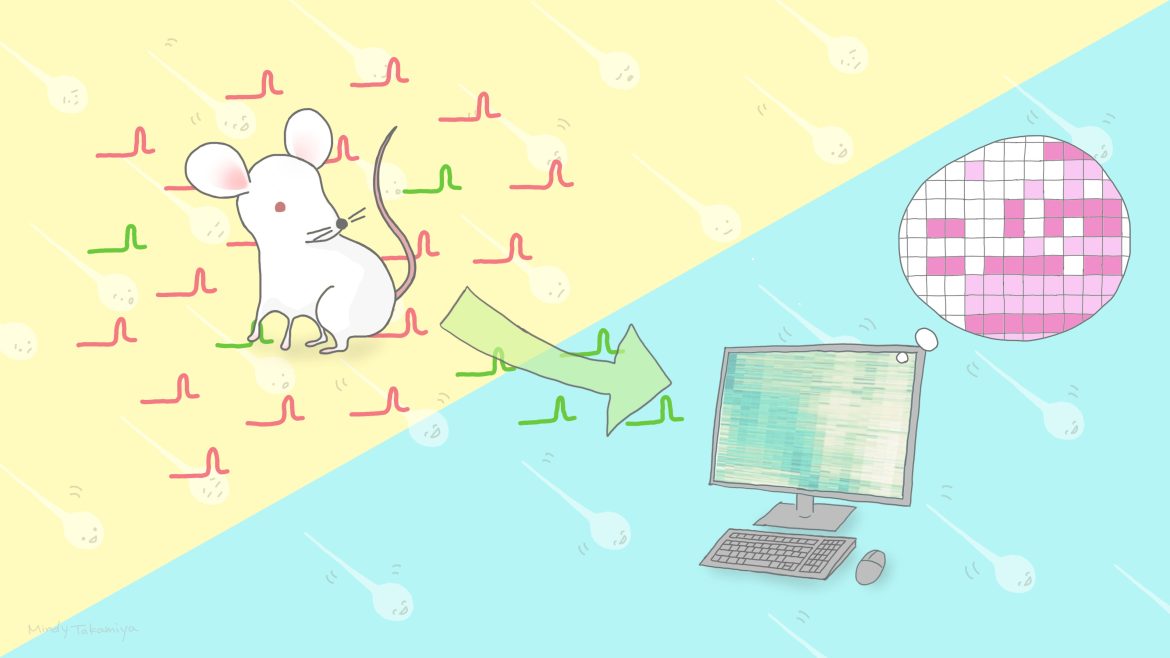2024-03-04 ワシントン大学セントルイス校
 Children ages 3 to 6 who have had clinical depression are more likely than their peers to have attempted suicide or to have had thoughts of killing themselves by age 12, according to a new study by researchers at Washington University in St. Louis. The findings suggest that these children would benefit from initial and ongoing mental health screenings and behavioral interventions. (Photo: Getty Images)
Children ages 3 to 6 who have had clinical depression are more likely than their peers to have attempted suicide or to have had thoughts of killing themselves by age 12, according to a new study by researchers at Washington University in St. Louis. The findings suggest that these children would benefit from initial and ongoing mental health screenings and behavioral interventions. (Photo: Getty Images)
<関連情報>
- https://source.wustl.edu/2024/03/preschoolers-with-depression-at-greater-risk-of-suicide-during-adolescence/
- https://www.jaacap.org/article/S0890-8567(23)02236-0/abstract
就学前に発症した大うつ病性障害は、青年期以前における自殺念慮および自殺行動の強力な予測因子である
Preschool-Onset Major Depressive Disorder as a Strong Predictor of Suicidal Ideation and Behaviors Into Preadolescence
Laura Hennefield, PhD ;Diana J. Whalen, PhD;Rebecca Tillman, MA;Deanna M. Barch, PhD;Joan L. Luby, MD
Journal of the American Academy of Child & Adolescent Psychiatry Published:December 06, 2023
DOI:https://doi.org/10.1016/j.jaac.2023.11.008
Objective
Suicidal thoughts and behaviors (STBs) in children are an escalating public health concern. This study focused on 1 understudied candidate risk factor, namely, preschool-onset major depressive disorder (PO-MDD), as a predictor of persistent and emerging STBs from early childhood into preadolescence.
Method
Participants were 137 children 8 to 12 years of age who met criteria for PO-MDD when they were 3 to 6 years of age, and a nondepressed sample of 53 age-, income-, and sex-matched peers. STBs were reported by caregivers (preschool, preadolescence) and children (preadolescence) using age-appropriate diagnostic interviews.
Results
By preadolescence, children who had PO-MDD were 7.38 times more likely than their peers to have endorsed STBs after early childhood (p < .001; 67.9% vs 22.6%), including 6.71 times more likely to have engaged in suicide behaviors/attempts (p = .012; 21.9% vs 3.8%); they were also 8.98 times more likely to have endorsed STBs over the prior month (p = .005; 26.3% vs 3.8%). Similar findings emerged when limiting the PO-MDD group to children without preschool STBs, and when controlling for externalizing comorbidities, implicating PO-MDD as a unique diagnostic predictive risk factor. However, children who had PO-MDD with STBs were 3.46 times more likely than children who had PO-MDD without STBs to endorse later STBs (p = .018; 83.1% vs 54.2%), indicating substantial continuity of preschool STBs alongside strikingly high rates of emerging STBs into preadolescence.
Conclusion
PO-MDD is a strong risk factor for the emergence and persistence of STBs into preadolescence. Children with PO-MDD would likely benefit from increased suicide screening, proactive safety planning, and early interventions.


